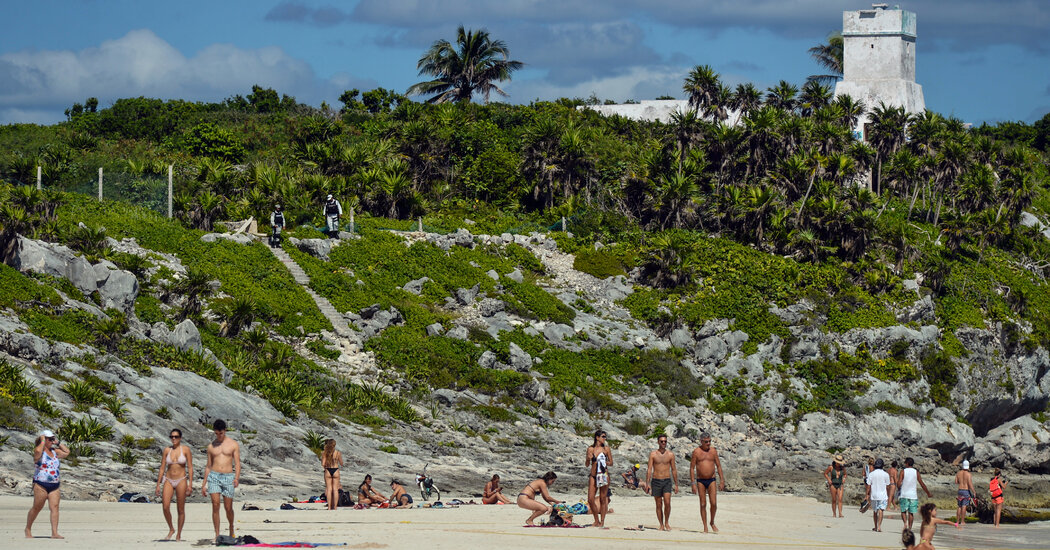
Since the outbreak of violence in tourist areas, Quintana Roo law enforcement officials have moved quickly to announce arrests in each case. In December, an additional contingent of about 1,500 members of Mexico’s National Guard began patrolling the beaches in a sign of how seriously the federal government has taken the threat to Mexico’s tourist industry.
But many question how sustainable that approach is. “For me, it’s just a facade,” said Fabiola Cortés, a lawyer and journalist who helped expose the dealings of Quintana Roo’s previous governor. He is now in jail, facing trial on corruption charges. “When high-impact events take place, they just detain anybody.”
David Ortiz Mena, the president of Tulum’s hotel association, said that Tulum’s rapid growth over the past few years had been uncontrolled, with no thought given to the effect of throwing jungle parties for 5,000 people. He acknowledged that the authorities had begun to make some progress, but added, “The fact that the police can’t grow along with the population is also a problem of sustainability.”
Growing tourist numbers
For now, it seems that most tourists who have heard of the killings seem willing to weigh the risks and make the trip to the Riviera Maya.
In December, when four out of five members of Pam Singh’s family had Covid-19, she decided that “we have to get something great out of this” and booked a holiday to take advantage of the family’s post-illness immunity.
Ms. Singh, 47, who lives in Brooklyn, had already traveled to Puerto Vallarta, on Mexico’s Pacific Coast, and was looking for a destination that was easy to reach. “The scenery is beautiful, the hospitality is warm and the food is delicious,” she said. “It’s hard to argue with everything that Mexico has to offer.”
Researching reviews online, she settled on a week at an all-inclusive resort in Puerto Morelos, which promised activities for her three children, age 8 to 15, and good food.




